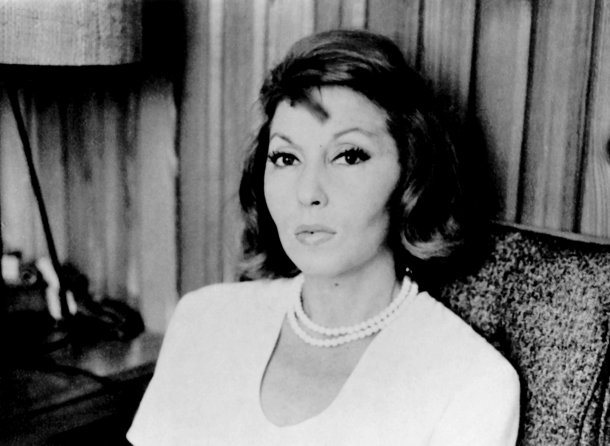A obra de Clarice Lispector pelo seu biógrafo
Publicado13 Jul 2015

Benjamin Moser, biógrafo de Clarice Lispector, autor de Clarice. Uma Vida (2010, Civilização Editora), publica na New Yorker um texto sobre a escritora.
In the eighty-five stories that she wrote, Clarice Lispector conjures, first of all, the writer herself. From her earliest story, published when she was nineteen, to the last, found in scratchy fragments after her death, we follow a lifetime of artistic experimentation through a vast range of styles and experiences. This literature is not for everyone: even certain highly literate Brazilians have been baffled by the cult-like fervor she inspires. But for those who instinctively understand her, the love for the person of Clarice Lispector is immediate and inexplicable. Hers is an art that makes us want to know the woman; she is a woman who makes us want to know her art. Through her stories we can trace her artistic life, from adolescent promise through assured maturity to the implosion as she nears—and summons—death.
But something more surprising appears when these stories are at last seen in their entirety, an accomplishment whose significance the author herself cannot have been aware of, for it could only appear retrospectively. This accomplishment lies in the second woman she conjures. Clarice Lispector was a great artist; she was also a middle-class wife and mother. If the portrait of the extraordinary artist is fascinating, so is the portrait of the ordinary housewife, whose life is the subject of her stories. As the artist matures, the housewife, too, grows older. When Lispector is a defiant adolescent filled with a sense of her own potential—artistic, intellectual, sexual—so are the girls in her stories. When, in her own life, marriage and motherhood take the place of precocious childhood, her characters grow up, too. When her marriage fails, when her children leave, these departures appear in her stories. When the author, once so gloriously beautiful, sees her body blemished by wrinkles and fat, her characters see the same decline in theirs; and when she confronts the final unravelling of age and sickness and death, they appear in her fiction as well.
O texto completo em The True Glamour of Clarice Lispector
